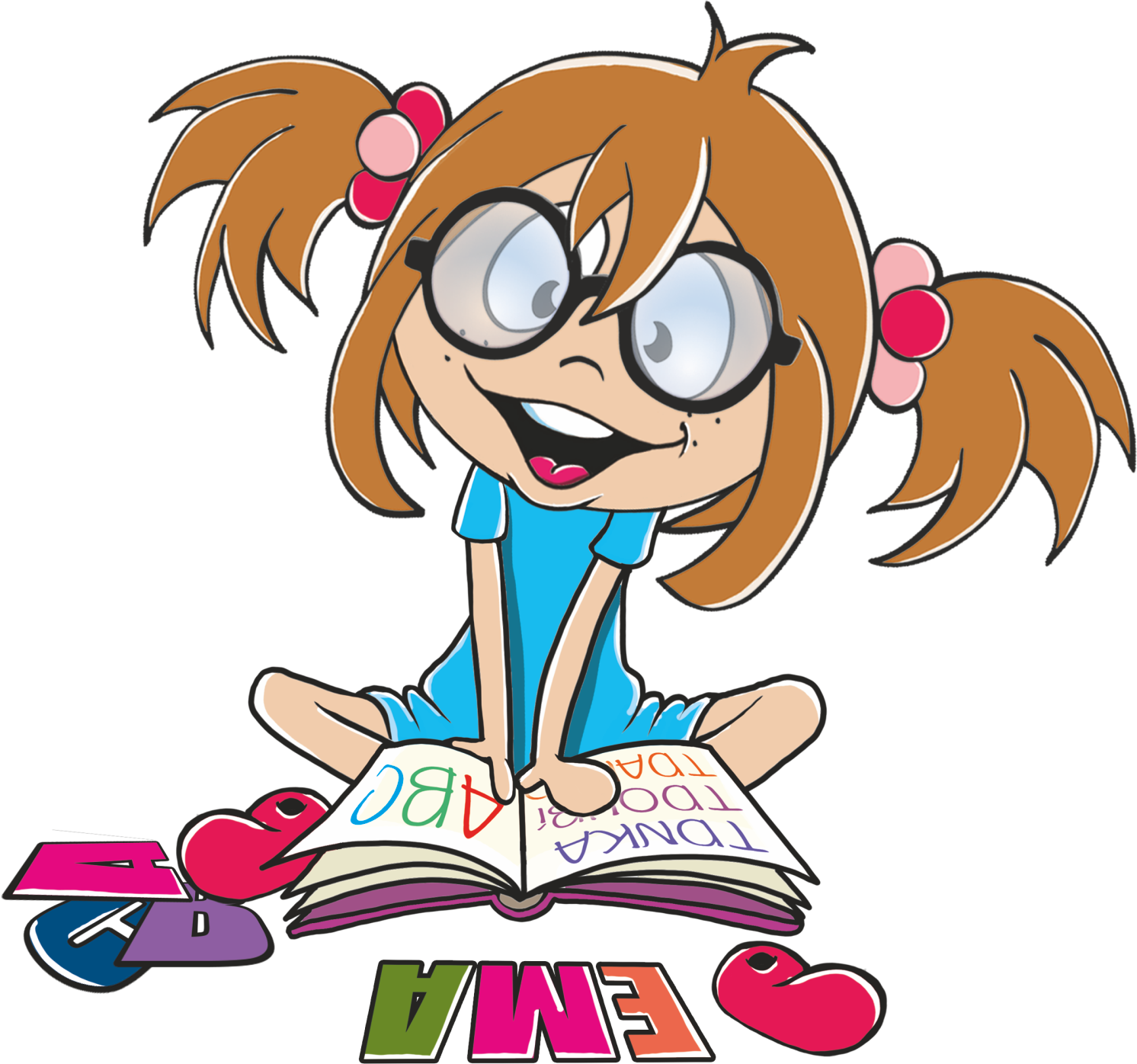
Speech therapy program is compiled considering the level of child’s handicap and seriousness of its speech problem. It focuses on swallowing failures, on problems with speech development, communication, on disorders of learning and behavior, on problems with speech fluency, articulation and other problems.
Particular speech disorders can be combined. Clinical speech therapist suggests suitable therapy on the basis of entrance examination and it goes on in individual form. The part of the speech therapy is entrance, control and targeted examination, diagnostics, therapy, instructions for parents and final speech therapy examination.
Speech therapy focuses on
- Swallowing disorders (dysphasia) - symptoms of swallowing disorders are inability to swallow at all, problems with placing and control of feed in mouth, loss of food from mouth, rest of the food in mouth after swallowing, necessity to drink down the stiffer bites, prolonged time of eating and others.
- Disorders of orofacial area - (myofunctional failures, paresis of n.facialis) linked with problem of paralysis of facial or swallowing muscles.
- Disorder of speech development – as a development dysarthria (disorder of speech characterized with improper articulation) and development dysphagia (disorder of swallowing muscles).
- Disorder of different speech development – that seems as delayed, restricted, differently interrupted or completely erroneous.
- Disorders of speech resonance such as snuffling or development defects of speech going on with palate cleft, eventually combination of palate cleft, jaws and lips.
- Disorders of speech fluency (balbuties, tumultus sermonis).
- Disorders of articulation, pronunciation of one or more speech sounds – mostly is improper pronunciation of sibilants and sounds r, ř.
- Symptomatic disorders of speech (sight, hearing handicap, cerebral palsy) that present interrupted communication ability featuring other dominating handicap, eventually disorders and diseases. Most often is damaged sight and hearing and communication abilities at children with cerebral palsy.
- Pervasive development disorders (autisms) prohibitive to adaptation in society of children with autism.
- Specific development disorders of learning and behavior (dyslexia, dysgraphy, ADHD)
- Neurotopic disorders of speech (mutism, elective mutism) including the loss of ability to speak (mutism) and elective mutism (child can speak but doesn’t want to)
